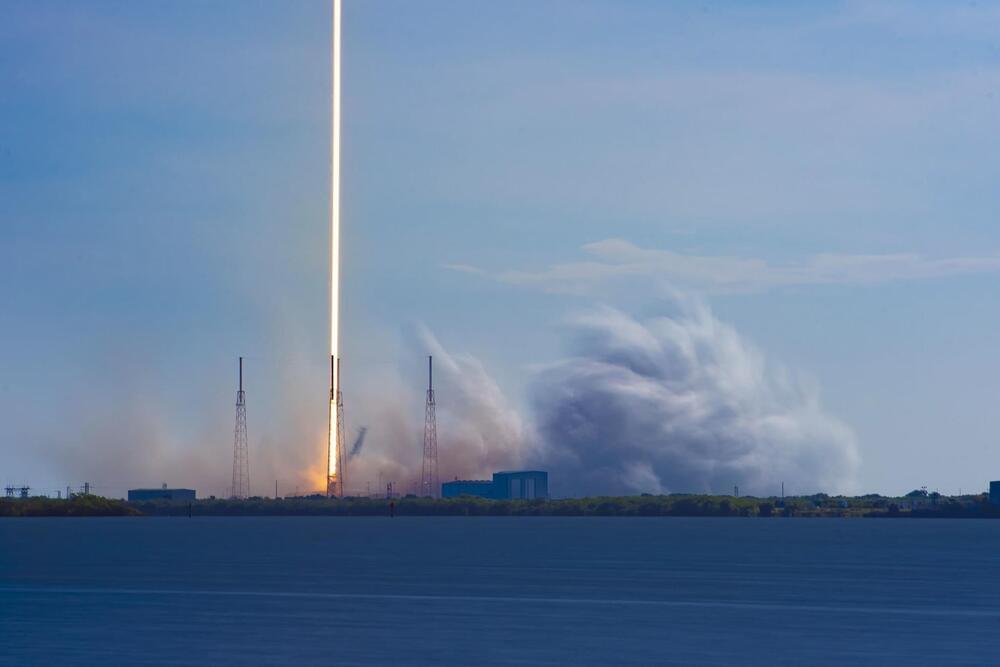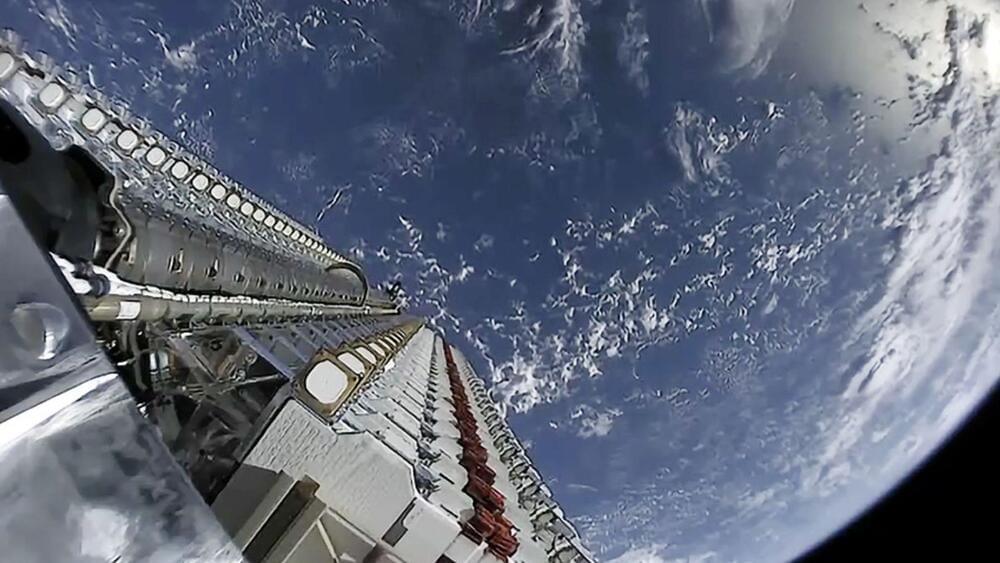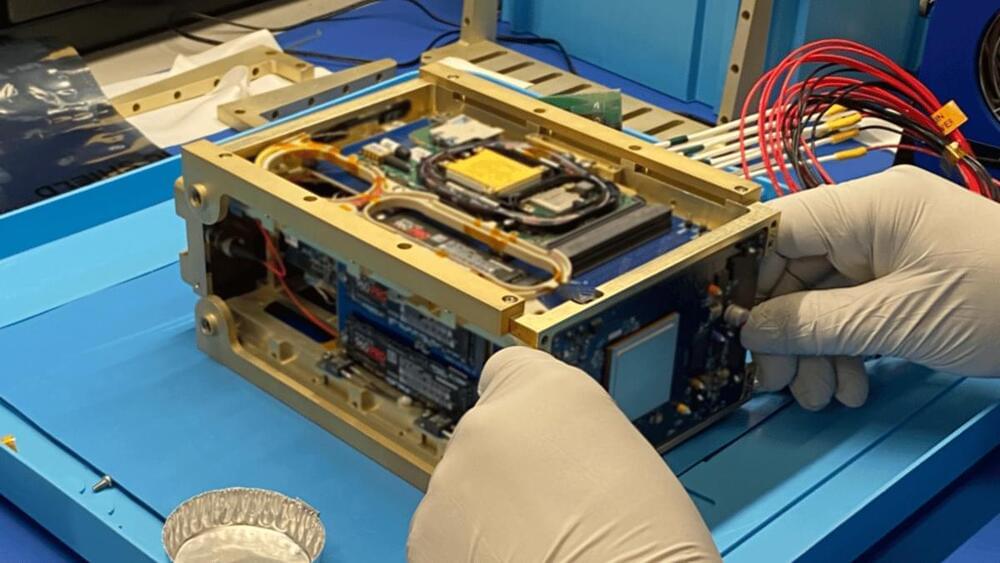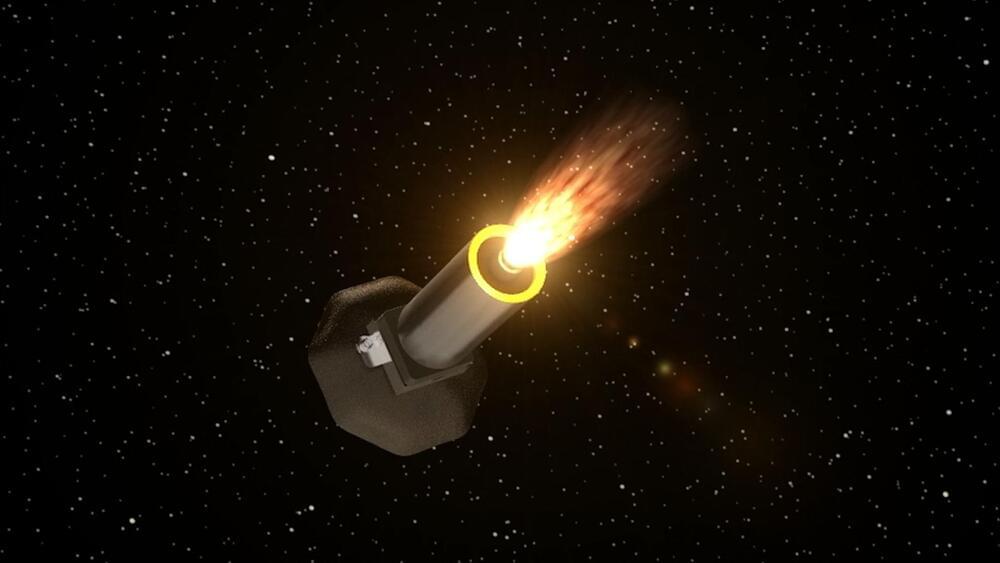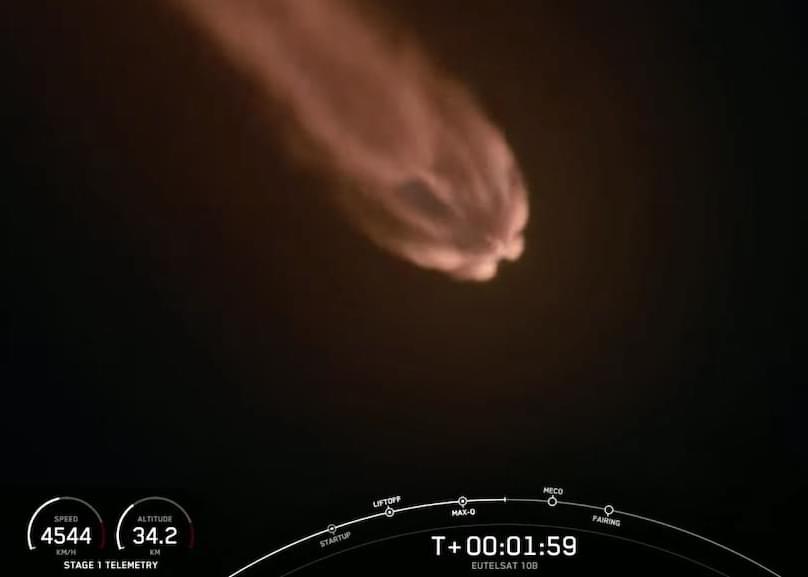Dec 8, 2022
New kilonova has astronomers rethinking what we know about gamma-ray bursts
Posted by Saúl Morales Rodriguéz in categories: cosmology, geopolitics, military, nuclear weapons, satellites, treaties
A year ago, astronomers discovered a powerful gamma-ray burst (GRB) lasting nearly two minutes, dubbed GRB 211211A. Now, that unusual event is upending the long-standing assumption that longer GRBs are the distinctive signature of a massive star going supernova. Instead, two independent teams of scientists identified the source as a so-called “kilonova,” triggered by the merger of two neutron stars, according to a new paper published in the journal Nature. Because neutron star mergers were assumed to only produce short GRBs, the discovery of a hybrid event involving a kilonova with a long GRB is quite surprising.
“This detection breaks our standard idea of gamma-ray bursts,” said co-author Eve Chase, a postdoc at Los Alamos National Laboratory. “We can no longer assume that all short-duration bursts come from neutron-star mergers, while long-duration bursts come from supernovae. We now realize that gamma-ray bursts are much harder to classify. This detection pushes our understanding of gamma-ray bursts to the limits.”
As we’ve reported previously, gamma-ray bursts are extremely high-energy explosions in distant galaxies lasting between mere milliseconds to several hours. The first gamma-ray bursts were observed in the late 1960s, thanks to the launching of the Vela satellites by the US. They were meant to detect telltale gamma-ray signatures of nuclear weapons tests in the wake of the 1963 Nuclear Test Ban Treaty with the Soviet Union. The US feared that the Soviets were conducting secret nuclear tests, violating the treaty. In July 1967, two of those satellites picked up a flash of gamma radiation that was clearly not the signature of a nuclear weapons test.


